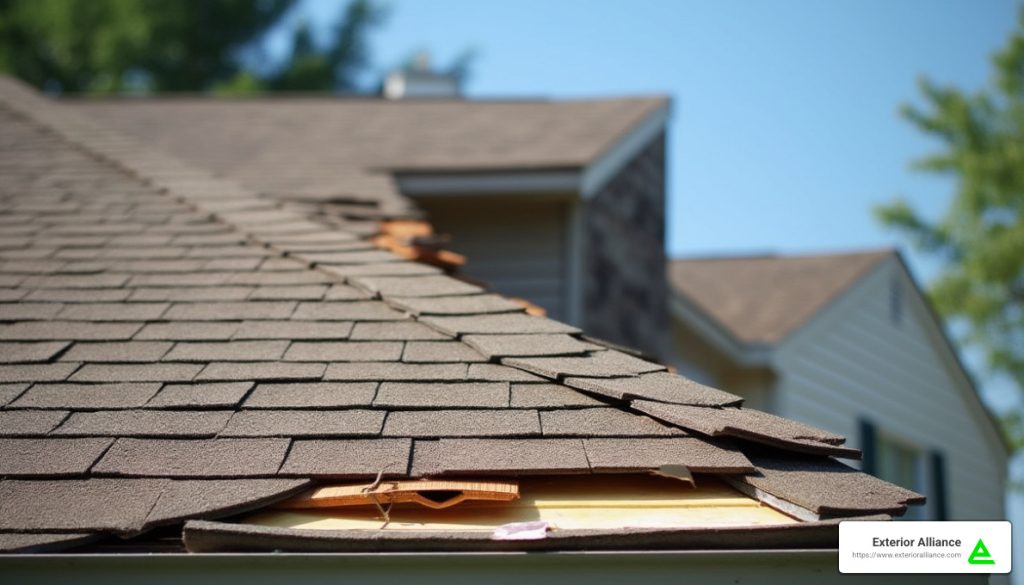Many homeowners are facing unexpected changes in their roofing coverage as insurance companies adjust their policies. One of the biggest shifts is from Replacement Cost Value (RCV) to Actual Cash Value (ACV) or Roof Payment Schedule (RPS) based on the age of the roof—typically when it reaches 10–12 years old. Understanding these coverage types and their impact can help you make an informed decision about replacing your roof before it’s too late.

RCV vs. ACV vs. RPS – What’s the Difference?
Replacement Cost Value (RCV)
✅ Full coverage – If your roof is damaged, your insurance covers a full replacement (minus your deductible) without factoring in depreciation.
✅ Best financial protection – This ensures you get a brand-new roof without a significant out-of-pocket cost.
Actual Cash Value (ACV)
⚠️ Depreciation applies – The insurance payout is based on the depreciated value of your roof.
⚠️ Older roofs = less money – As roofs age, their value declines, meaning you’ll receive significantly less from insurance.
⚠️ Higher out-of-pocket costs – Homeowners may be left covering a major portion of replacement costs.
Roof Payment Schedule (RPS)
🚨 Payout schedule declines over time – Insurance companies pay based on a fixed schedule, meaning less coverage as your roof ages.
🚨 Potentially thousands in extra costs – The older the roof, the less your insurer will cover, leaving you responsible for a large portion of the replacement cost.
Why Replacing Your Roof Now Can Save You Money
Once your roof is classified under ACV or RPS, you lose the full replacement benefit of RCV coverage. However, replacing your roof before it reaches the insurance cutoff age (typically 10–12 years) allows you to remain eligible for RCV coverage in the future.
Key Benefits of Replacing Your Roof Now:
✅ Stay Eligible for RCV Coverage – Ensuring your roof is covered under RCV means full reimbursement for future storm damage.
✅ Protect Your Home’s Value – A new roof increases property value and provides better long-term protection.
✅ Avoid Out-of-Pocket Costs – Waiting too long may mean insurance only covers a fraction of replacement costs.
✅ Lower Insurance Premiums – A newer roof often qualifies for lower premiums and better policy terms.
Act Now Before Policy Changes Affect Your Coverage
If your roof is nearing the 10–12 year mark, now is the best time to act. Upgrading your roof before policy changes take effect can save you thousands and ensure you have the best possible coverage when you need it most.
👉 Contact Exterior Alliance today for a roof inspection and consultation to explore your options!

